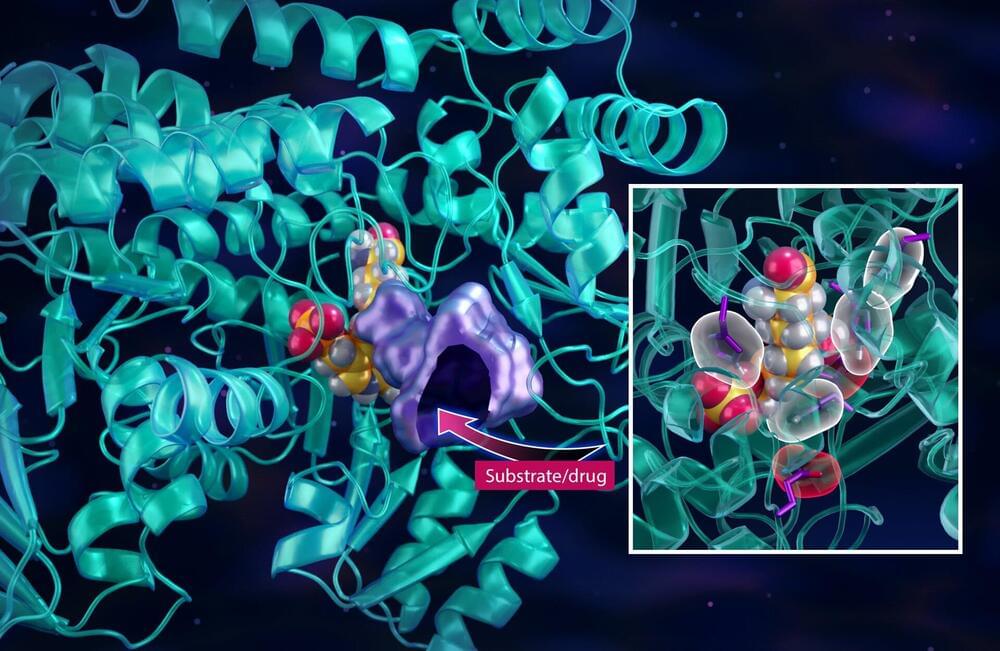After a highly lauded research campaign that successfully redesigned a hepatitis C drug into one of the leading drug treatments for COVID-19, scientists at the Department of Energy’s Oak Ridge National Laboratory are now turning their drug design approach toward cancer.
In their latest study, published in the journal Communications Chemistry, the team used neutrons and X-rays to draw a roadmap of every atom, chemical bond and electrical charge inside a key enzyme that belongs to a metabolic pathway that cancer cells dramatically overuse to reproduce.
This new information essentially helps pave the way for developing new drugs that act as roadblocks along the metabolic pathway to cut off the supply of vital resources to cancers cells. The drugs would be designed to target highly aggressive tumor-forming cancers that too often become terminal such as lung, colon, breast, pancreatic and prostate cancers.
